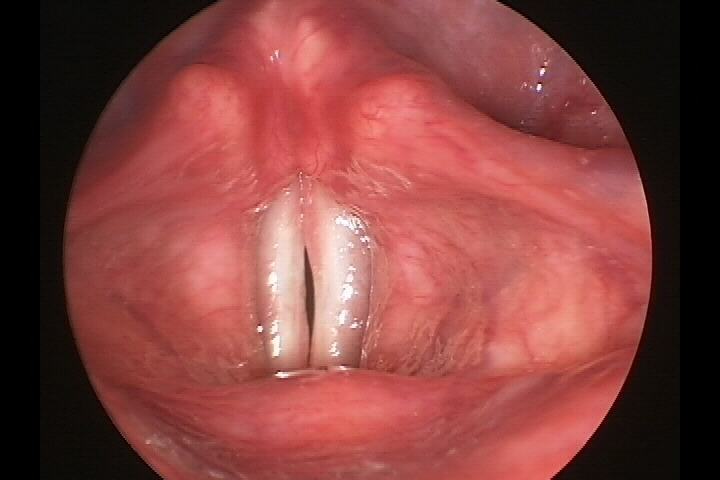Vocal atrophy is a condition that affects the voice as people age. It happens when the muscles inside the voice box (larynx) weaken and lose mass, making the vocal cords thinner and less able to close correctly. Vocal atrophy can cause a weak, breathy voice that lacks power and clarity. Vocal atrophy differs from general aging-related voice changes, known as presbyphonia, because it refers explicitly to the thinning and weakening of the vocal folds. Factors like aging, illness, weight loss, and reduced use of the voice can contribute to this condition.
The effects of vocal atrophy on daily life can be significant. People with this condition often find that their voice becomes softer and more challenging to hear, especially in noisy places. They may feel like their voice is unreliable, becoming weaker or fading as the day progresses. Some may develop a slightly raspy or muffled voice quality and experience vocal fatigue. Doctors diagnose vocal atrophy by examining the vocal cords with unique cameras that show how they vibrate. These exams often reveal that the vocal cords are not closing correctly, leaving gaps that cause the voice to sound weak.
Treatment for vocal atrophy usually starts with voice therapy, a highly effective method to strengthen the vocal muscles and improve breath control. If therapy alone is insufficient, doctors may recommend in-office procedures like vocal cord injections, where a substance is added to the vocal folds to make them thicker and help them close better. Regenerative therapies such as platelet-rich plasma (PRP) have been used as a minimally invasive way to treat vocal atrophy. Surgery may be needed to reposition the vocal cords in more severe cases. Recovery varies depending on the treatment, but many patients see improvements in voice strength and clarity within weeks to months. Regular vocal exercises and staying hydrated can also help maintain vocal health.

Vocal Atrophy

Vocal Atrophy

 YouTube Channel
YouTube Channel
